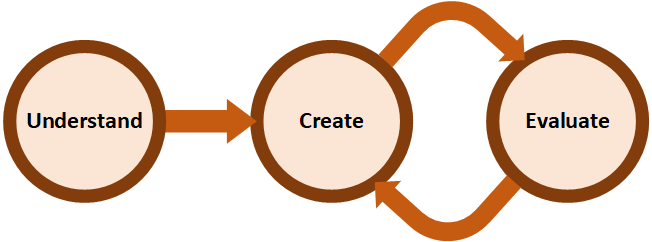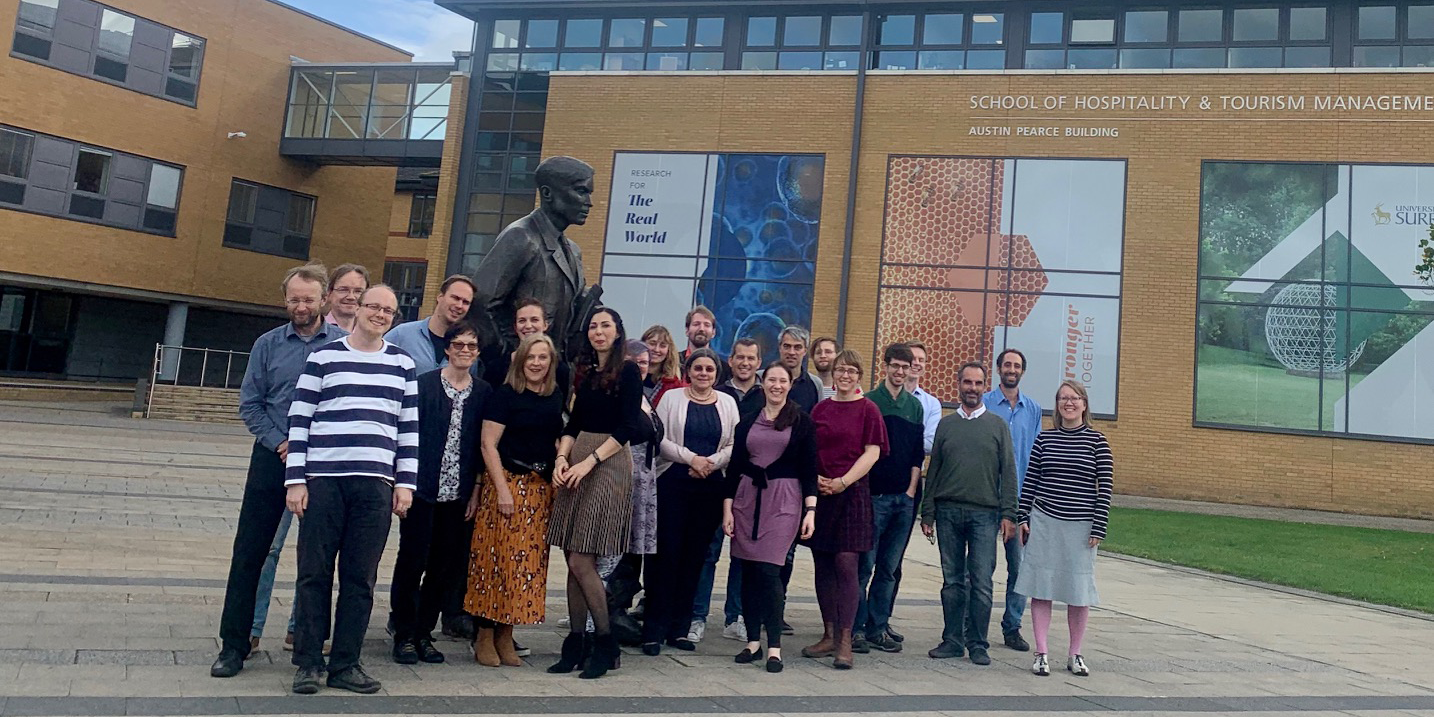In September, the MeMAD project gathered in Surrey for the fifth plenary meeting. As we’re about half-way through the project, we drilled down to the most central use cases and continued planning of the evaluation process in the final 18 months of MeMAD. With all of the pieces of the puzzle coming together, it was exciting to see the entire pipeline of components working together as a coherent whole through the integrated MeMAD prototype system. Central through-out the MeMAD project has been the principles of user-centered design (UCD).
While there are number of different variations on the UCD methodology, the central steps can roughly be summarised as (freely after Visocky O’Grady, J. & Visocky O’Grady, K. (2008) The information design handbook. RotoVision):
- Initial research and analysis (UNDERSTAND): Specify user and organisation requirements
- Synthesis and creation (CREATE): Produce design solutions
- Further analysis (EVALUATE): Evaluation of the design against user requirements
Multiple iterations over steps 2 and 3 are an essential part of the UCD process: you need to test your designs with actual users, refine your solution based, and test again with users.

We explore below how these pertain to the MeMAD project.
Phase 1: Initial Research and Analysis (UNDERSTAND)
The main goal of the initial phase is to understand and determine the context of use across the entirety of the media production and consumption processes, and from the viewpoint of different stakeholders of the project’s results, including:
End users who will be using the system first-hand.
Other stakeholders who have a stake in the implementation of the system, e.g., producers who manage the budget for the process execution.
Technology developers and researchers who need to understand the user requirements in order to implement them, and who need to provide feedback on the feasibility of succeeding in the implementation of user requirements.
Once we have an initial understanding of the context of use, functional requirements are defined. More detailed user requirements are defined as user stories with specific sets of desired functionalities. We use user stories for this purpose, from an end-user perspective, since they are easy to grasp by project stakeholders, which facilitates evaluation.
To ensure the user stories are relevant to all project stakeholders, we validate them in a project review process. The first iteration of user stories were also evaluated by members of the project’s external collaborators and by contacting professionals through industry channels.
The results from this survey allows us to prioritize on those functionalities deemed most imported across the industry participants.
Phase 2: Synthesis and Creation (CREATE)
In Phase 2, based on the finalized list of relevant user stories, the exact requirements involved for each story are further refined. The result from this effort is a set of detailed requirements that guide the development of the prototype solution and underlying technology components by defining the functionality required from the system to realize the goals stated. This encompasses textual descriptions at a first stage and will be supplemented with visual designs and mock-ups of application interfaces. This process will be supported by in-depth interviews and interactive design sessions with relevant end users, based on contemporary production processes and tools.
In addition, non-functional requirements will also be deduced from the context of use (e.g. timing or processing speed constraints, availability constraints, accuracy requirements, etc.) along with criteria to measure the success of each non-functional requirement.
Phase 3: Further Analysis (EVALUATE)
Finally, exact test cases and evaluation procedures will be defined to measure the implementation of prototype features against the functional and non-functional requirements defined in Phase 2.
A tentative set of evaluation criteria to help the consortium members gain a better understanding of what will be expected from their implementations and how their components will be tested.
Once an initial cycle has been completed from Phase 1 to Phase 3, further iterations between Phase 2 and Phase 3 will occur to tweak the functional requirements of the systems implemented in the project, based on user-centered feedback.
Conclusion
Using a UCD approach helps us in the MeMAD project build better user experiences, with end users involved throughout the design and development, and as designs are iterated on and refined through user-centered evaluations.

